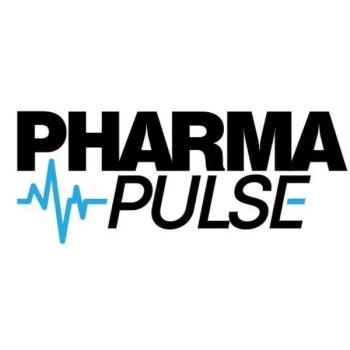
- Pharmaceutical Commerce - May/June 2011
MeadWestvaco's sponsored compliance-packaging study finds 'modest' improvement in medication adherence
Rigorous, peer-reviewed analysis of hypertension patients is “an absolute baseline” for justifying compliance packaging, says MWV
Ted Lithgow, president of MeadWestvaco Healthcare (Richmond, VA), tantalized attendees at a May meeting of the Healthcare Compliance Packaging Council with a soon-to-be-published study on the effect of compliance packaging (blister cards, pouches, and the like) on improving medication adherence for chronic-care patients. Unlike many previous attempts at documenting the value of compliance packaging, this study was to be rigorous, involving a large number of prescribed patients, and peer-reviewed.
The study is now out in the May issue of Clinical Therapeutics (Clin Ther.2011;33:581-597). Authored by researchers at the Univ. of Virginia School of Pharmacy and Venebio Group, an outcomes research firm in Richmond VA, the study finds that across 76,321 new patients and 249,040 “prevalent users” (existing patients), the odds of achieving a proportion of days covered (PDC) of 80% or greater improved by 15% in the former and 12% in the latter. (PDC is one of several ways to measure patients’ continued use of medication; it is defined as the total days’ supply divided by the number of days in the observation period and expressed as a percentage. An 80% PDR is considered a threshold for achieving adherence at a medically meaningful level.) The study compared adherence for millions of patient records generated at 3,787 Wal-Mart pharmacies during a baseline period of December 2006 to January 2008, and then a period of June 2008 to July 2009. In between, Wal-Mart began blister-carding the ACE inhibitors lisinopril and elanapril in a MeadWestvaco Shellpak container.
Translating the PDC improvement into actual additional sales of product is complex, and Lithgow says that the company is undertaking several additional studies to pin that down. The Clinical Therapeutics authors conclude that use of compliance packaging affords a “modest improvement” in medication adherence and persistence, and go on to note that “An adherence strategy of even small effect size that is broadly implemented on a population level could significantly leverage therapeutic effect and provide substantial cumulative public health benefit.”
Lithgow says that the key here is that a study has been conducted with the same rigor as a clinical trial for a drug, and shows a meaningful benefit. “These are the first data to demonstrate that in a real-world setting compliance packaging increased days on therapy; these figures should be considered absolute baseline and foundational.” He adds that the company is analyzing results from other forms of compliance packaging, as well as to integrate other adherence steps, such as pharmacist intervention, into the prescription-fulfillment process. These analyses show 4:1 to as much as 12:1 ROI for the additional cost of compliance packaging.
Articles in this issue
over 14 years ago
Introover 14 years ago
What Makes a Pharmaceutical Industry Leader?over 14 years ago
How REMS Affect Pharmaceutical Distribution Processes and Partnersover 14 years ago
Patient-Administered Therapies Drive New Delivery System Designsover 14 years ago
For a Lucky Few, Biopharma Expansion a Reality Againover 14 years ago
Making Pallets a Supply Chain Asset Instead of an Unrecoverable CostNewsletter
Stay ahead in the life sciences industry with Pharmaceutical Commerce, the latest news, trends, and strategies in drug distribution, commercialization, and market access.




